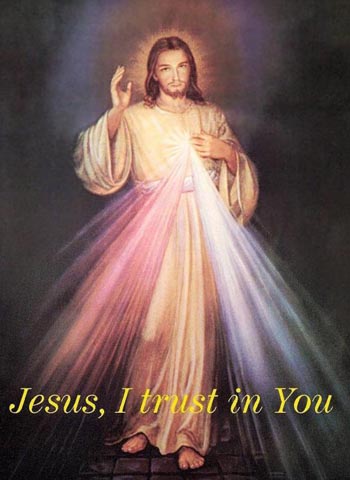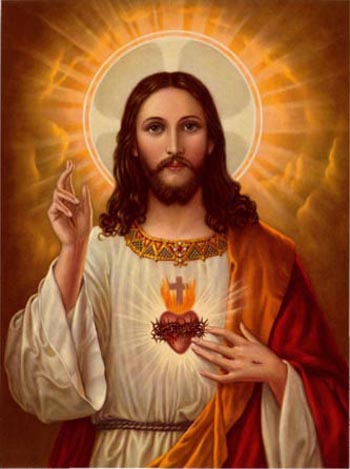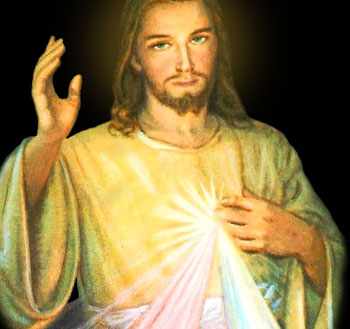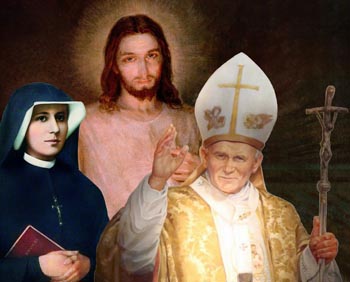=====
The Pharisaic Roots of Judaism A.D.
David Martin | The Daily Knight
While many today profess Judaism as a religion of God, it’s important to point out that the Judaism of today is not connected with the Judaism of the Old Testament. As with Islam, today’s Judaism rejects Christ as the Messiah, thereby testifying to its rejection of the Old Testament teachings, since the whole point of the Old Testament was to honor and look forward to the coming of the Messiah. There was nothing in the Old Testament books that said, “Let us reject the Messiah when he comes.”
This was the resolution of the Pharisees and apostate Jews who had left the Jewish religion for the worship of false gods and devils. The Pharisees were no longer of the Jewish Faith, and while they carried on their rebellion in the name of ‘God their Father,’ Jesus set the record straight concerning their father when he told the Jews, “You are of your father the devil, and the desires of your father you will do. He was a murderer from the beginning, and he stood not in the truth; because truth is not in him.” (John 8:44)
The true Jews were the Apostles and friends of Christ who walked with him into the New Testament and who honored his Resurrection, but the Pharisees who rejected the Resurrection were not of God, and accordingly, not of the Jewish religion. Their identifying themselves with Moses and Abraham was only a pretext to cover their sin.
It was these Jewish apostates that established the Judaism that we know today. The Universal Jewish Encyclopedia states: "The Jewish religion as it is today traces its descent, without a break, through all the centuries, from the Pharisees."
The spoken tradition of the Pharisees was the Oral Torah, which expressed their murmurings against the Christ. The written form of the Pharisaic tradition is the Babylonian Talmud, which hurls the most hateful and pornographic insults against Jesus Christ, even condemning him to Hell to boil in his own excrement for proving that he was the Son of God. The 1 Talmud, completed around 380 AD, is the highest authority of Judaism A.D. and forms the foundation of the Mishnah. http://come-and-hear.com/dilling/index.html
Judaism a Dead Religion
While there are good Jews who reject the Talmud and who identify more with Old Testament teachings, they need to understand that the Judaism of the Old Testament is a dead religion. Judaism does not exist today, and cannot exist, no more than a seed can exist once it becomes a tree. The seed of Judaism grew into Christianity so that what exists today is not Judaism but the legacy of the Pharisees and chief priests who murdered Christ out of envy. (Mark 15:10)
This is not to suggest that all Semitic peoples are against the Messiah, since there are many good Jewish people who are open to Christ and to the idea of conversion to the Catholic Faith, but they won’t confess Christ openly “for fear of the Jews.” The elders of the synagogue lord it over them and threaten them if they defend Christ, so the Catholic Church should double down on its duty to convert Jews to the Faith and to remind them that without conversion they cannot be saved.
St. Paul repeatedly tells the Jews that by the works of the Jewish law they cannot be justified. “By the works of the law no flesh shall be justified before him … For we account a man to be justified by faith [in Christ], without the works of the law.” (Romans 3:20, 28)
Modernist Arguments
Modernists will retort by saying that the Jews are “God’s chosen people” and are therefore exempt from any need to convert to Christ, but they err miserably in saying this. The Jews are not special and need conversion like anyone else.
The loyal Jews of the Old Testament indeed were God’s chosen people but these elect merely prefigured the chosen people of the New Testament, i.e. the loyal Catholics. In every which way the Old Testament religion was a figure of the New Testament religion to come. For instance, the prophetic references to “Israel,” “my vineyard,” or “my holy mountain” prefigured the One True Church to be established Under Peter. The waters that miraculously issued forth from the Rock of Horeb (Exodus 17:6) prefigured how the pure waters of holy tradition would issue forth from the Rock of Peter – the Papacy.
Modernists against the conversion of Jews argue that a December 2015 Vatican document signed by Pope Francis states that "the Catholic Church neither conducts nor supports any specific institutional mission work directed towards Jews," but this document works against the Jews. The Church’s mission from Christ is to pastorally reach out and extend the knowledge of God to Jews and to all peoples that they may leave their ideologies and convert to the Faith. Refusing to extend to Jews the divine invitation to partake in the Lord’s Banquet (Eucharist) is reminiscent of how the Nazis refused to let the Jews eat at their table but told them to stay in their own prison camp and starve.
Errant theologians argue that the 2015 Vatican document builds on the Vatican II document “Nostra Aetate” that redefined Vatican ties with Judaism and that rejected the concept of collective Jewish guilt 2 for the Crucifixion of Jesus Christ, but Nostra Aetate was written by the notorious ex-priest Gregory Baum who from 1964 to his death was living an active homosexual life.
Moreover, Nostra Aetate was drafted under the supervision of the infamous Cardinal Augustin Bea, a key member of the notorious “Rhine group” at Vatican II who undermined the Council by commissioning Protestant ministers to have a hand in drafting several conciliar documents.
Perfidious
In short, Nostra Aetate is perfidious and heretical and should never be read by the Catholic faithful. It pacifies Jews concerning what their fathers did to Christ, which in turn fosters support for their murderous doings. It truly bears the fingerprints of Judas.
Anti-Semitic
Unfortunately, Nostra Aetate was influenced by the Jewish synagogue, which is perhaps the most anti-Semitic organization on earth, since it works against the welfare of the Semitic people by teaching them to grudge against the Christ. As in Christ’s time, it seeks to withhold the kingdom of God from the Jews.
Charity commands that we encourage Jews and all people to love and know Christ, so in true charity the Church should counsel Jewish people to disavow their forefathers and their synagogue and to pledge allegiance to Christ their Maker, for whom they were made.
Some will argue that Jews are still waiting for the coming of the Messiah, but their wait is vain. If they don’t recognize the Messiah whom their forefathers hung on the cross they certainly won’t recognize him when he comes again. There exists only one Messiah so they have their chance now to recognize the One Messiah of history, Jesus Christ, and to remember his words:
“No man comes to the Father, but by me.“ (John 14: 6)
During this Easter season we pray that Jews and all people can resurrect from the sepulcher of darkness and error that would prevent them from recognizing Christ as their God and Redeemer who alone can reward them with eternal bliss.
Easter Sunday, April 4, 2021
_______________
1. The same is the foundation of modern-day anarchist movements like the Bolshevik Revolution in Russia (1917) that was funded by Talmudist Jacob Schiff of the Rothschilds banking dynasty in New York.
2. Not only were the Jews collectively guilty for the Crucifixion of Christ but they continue to crucify him by their continued insistence that he is not the Messiah. SOURCE: https://www.knightsrepublic.com/single-post/the-pharisaic-roots-of-judaism-a-d?fbclid=IwAR03d_E9SAAx_oUgatRvYxq3t5YPNjRcYJxJDFTSO6Rv7iCS8CcTxzjhsaQ








